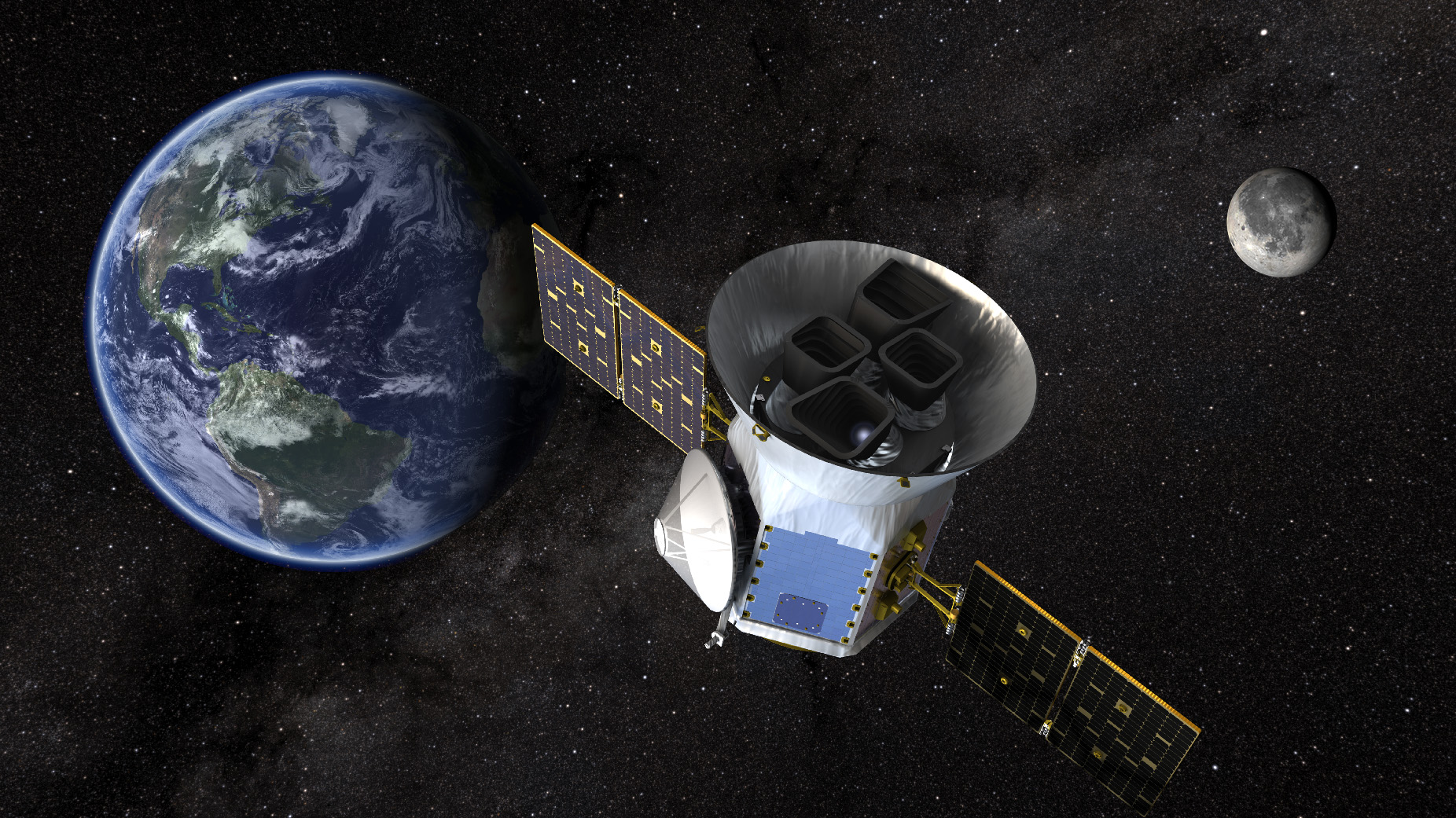
NASA is getting closer to taking the next big step in exoplanet-hunting – the Transiting Exoplanet Survey Satellite (TESS) space telescope has just arrived at Kennedy Space Center in Florida in preparation for launch no earlier than April 16. It was built and tested during 2017 at Orbital ATK in Dulles, Virginia, and now will be readied for launch in the Payload Hazardous Servicing Facility (PHSF) at Kennedy. This is the same clean room used for the Cassini, New Horizons, Mars rovers, OSIRIS-REx and other missions. TESS will be launched on a SpaceX Falcon 9 rocket from the Complex 40 launch pad at Cape Canaveral Air Force Station.
TESS is the next exoplanet-hunting mission following the Kepler Space Telescope mission. Kepler has already discovered thousands of exoplanets and TESS is expected to find thousands more. Unlike Kepler however, TESS will survey almost the entire sky over at least two years, looking at 200,000 of the nearest and brightest stars. Kepler focused on one small patch of sky, examining stars further away. It is expected that TESS will be able to catalog more than 1,500 transiting exoplanet candidates, including a sample of about 500 Earth-sized and “super-Earth” planets, with radii less than twice that of the Earth.
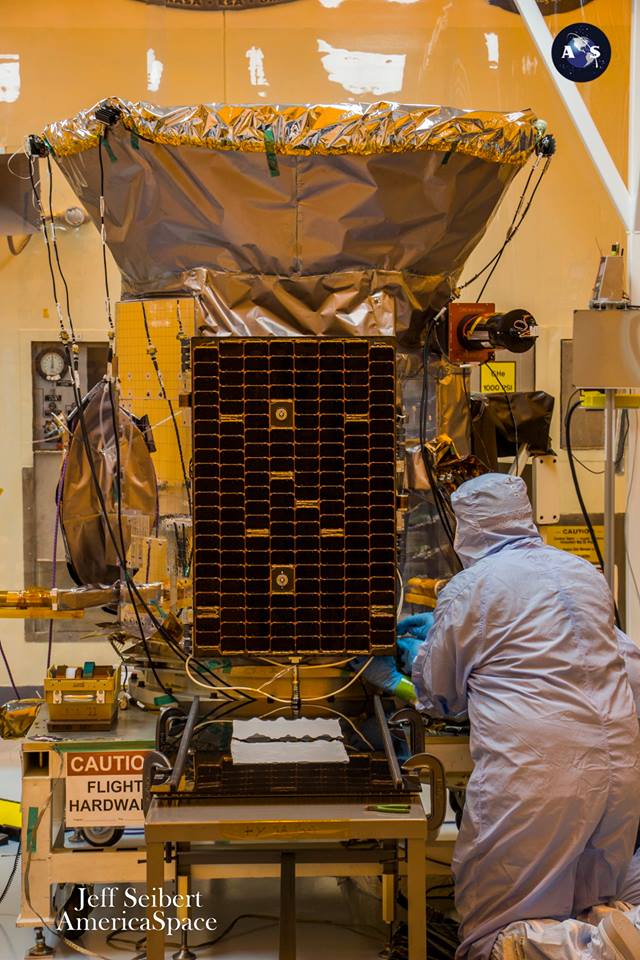
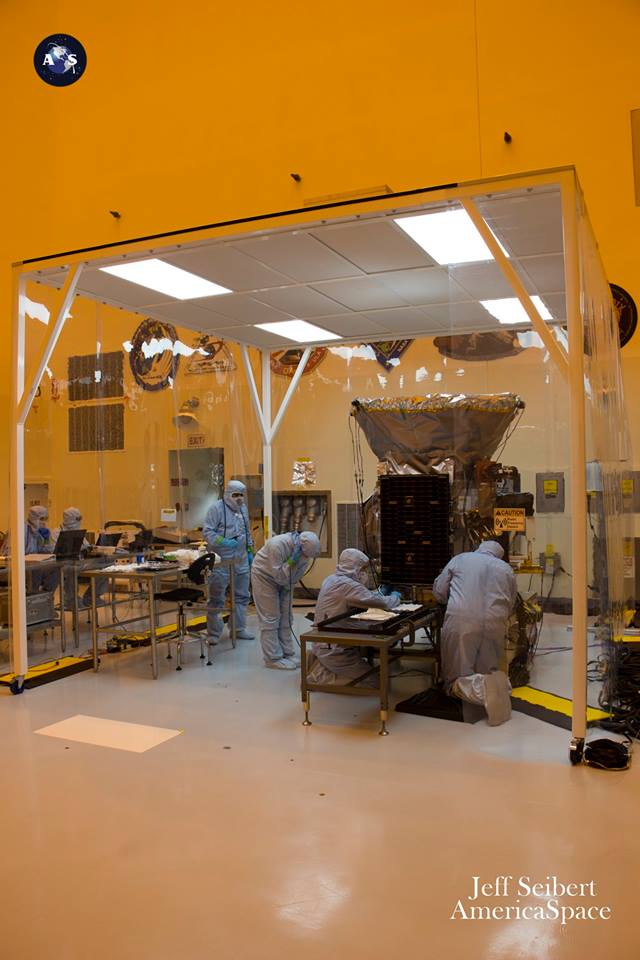
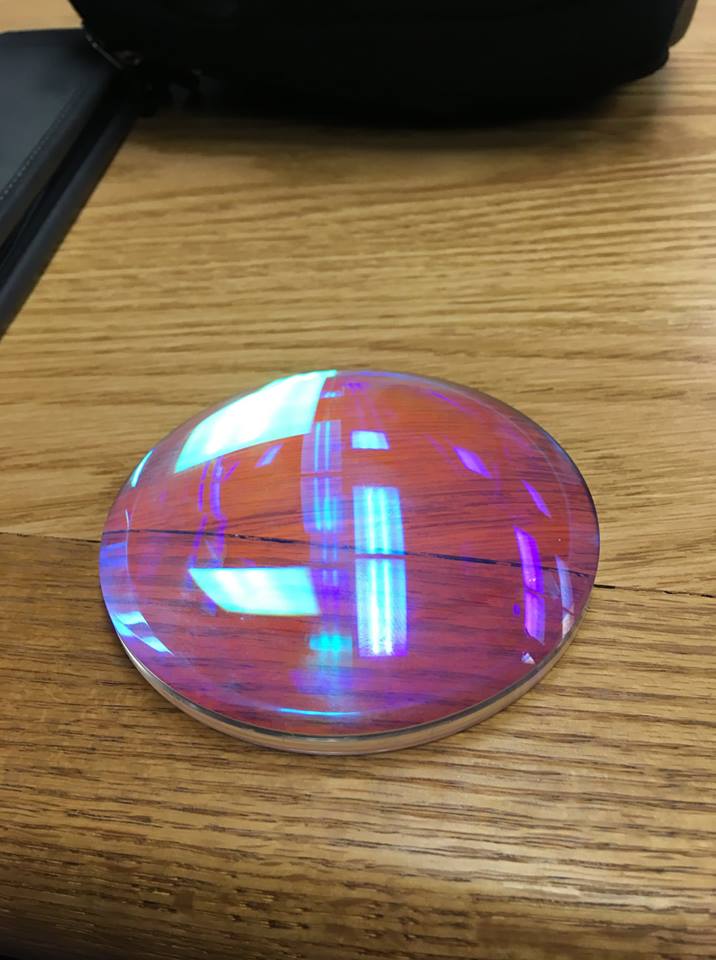
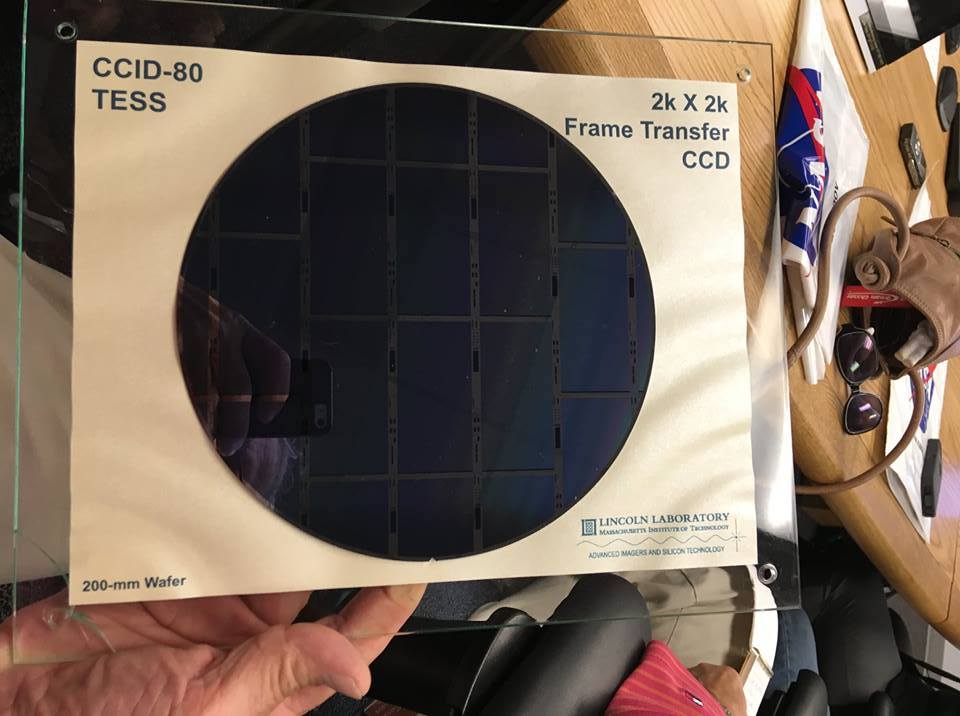
TESS will be able to identify exoplanets which may be capable of supporting some form of life, and those findings can then be followed up by even more advanced telescopes, such as the upcoming James Webb Space Telescope, scheduled for launch in 2019.
Jeff Seibert and Alan Walters from AmericaSpace were in the clean room yesterday at Kennedy to view the activities first-hand. As noted to Walters by Robert Lockwood, Orbital ATK Spacecraft Program Director, TESS is a photometry mission, not an imaging mission, so it does not take images directly of any exoplanets, but instead collects other data about them.
According to Lockwood, “The TESS mission is an exoplanet planet finder. We are surveying the entire sky to find star i our solar neighborhood, that is 300 light-years around us, that have exoplanets for follow-up observations by ground and future space telescopes. We would hope to find many Earth-sized planets orbiting around stars near us, and then follow-up observations would look to see if they had atmospheres, if the atmospheres have signatures in them like water or methane. But what we will be doing is just finding the planets for follow-up observations.”
He also noted that the accuracy of the cameras is 3.6 arc seconds, with a stability measure of 50 milli-arc seconds per hour.
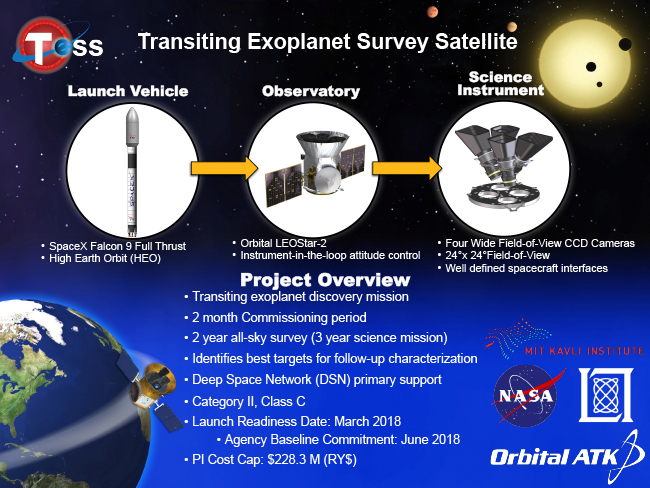
TESS will be the first NASA science mission to be launched on a Falcon 9 rocket by SpaceX.
“That’s our first Falcon from the East Coast, for our program,” said Chuck Dovale, deputy manager of NASA’s Launch Services Program at Kennedy Space Center. “It’s a big step for us.”
TESS will be launched into an unusual orbit, orbiting around Earth once every two weeks in a 2:1 resonance with the Moon; the orbit will range from 67,000 miles (108,000 kilometers) to 233,000 miles (376,000 kilometers) from Earth. It will take TESS about two months to settle into its desired orbit.
“The Falcon 9 does a lot of the lifting for us, and then the Moon does most of the rest of it,” said Robert Lockwood, TESS program director at Orbital ATK.
TESS is a NASA Astrophysics Explorer mission led and operated by MIT in Cambridge, Massachusetts, and managed by NASA’s Goddard Space Flight Center in Greenbelt, Maryland. More information is available on the TESS website.
FOLLOW AmericaSpace on Facebook!
SaveSave




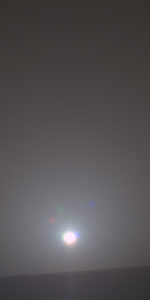
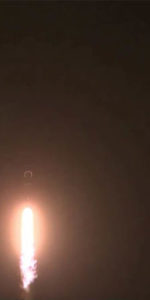
TEST will add a great deal not only to the search for exoplanets but to a better understanding of planetary formation as well as the possibility of finding more habitable planets. Yet imagine that our galaxy is just one of billions (or trillions)!